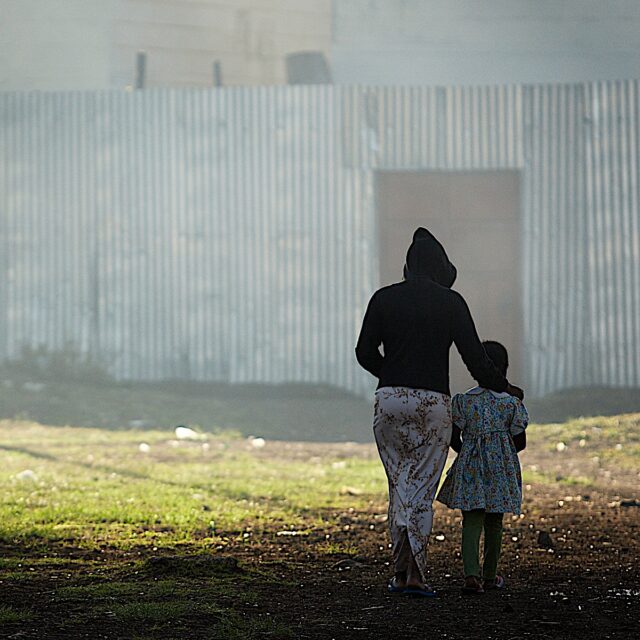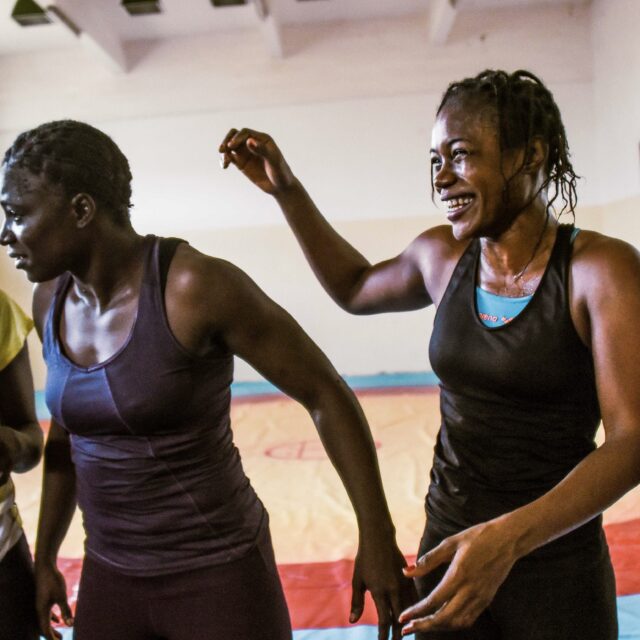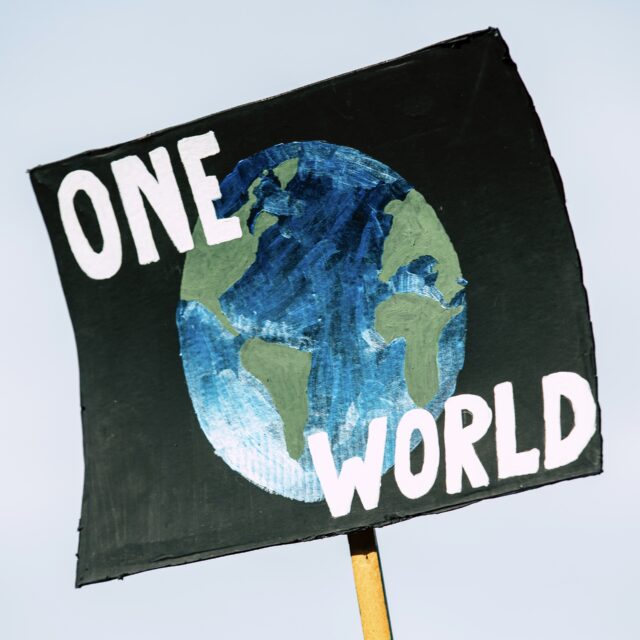The word “scary” likely brings to mind creepy creatures, spooky specters, masked murderers, or any number of iconic horror images. But “global development” likely isn’t the first scary thing that enters your mind.
While it won’t be the topic of the next big horror movie, some of the challenges facing development can be truly horrifying. From extreme poverty, to gender equality, to corruption, these issues affect millions of people worldwide. Even the most vicious, havoc-wreaking creature of the night wouldn’t have the same global effect as these realities.
Despite the harsh reality illustrated by these facts, there is good news. Solutions exist for every one of these problems and signs of progress continue to motivate efforts to tackle these issues worldwide.
Here are some frightening figures (plus some good news) about the current state of development:
Extreme Poverty
- By 2030, nearly 9 in 10 people living in extreme poverty will be in Sub-Saharan Africa.
- Nearly 500 million people will still be living in extreme poverty in 2030.
The good news: Over 1 billion people have left extreme poverty since 1990. While the fight is far from over, we know that improvements in multiple issue areas can bring us closer to ending extreme poverty by 2030. That’s why ONE focuses on boosting access to things that lift people out of poverty, including education, health care and nutritious food.
Health
- 1 child dies every 20 seconds from a disease that could have been prevented by a vaccine.
- AIDS, TB and malaria kill almost 7,000 people every single day.
The good news: World leaders recently pledged US$14 billion to the fight against AIDS, TB and malaria. It was the largest pledge of a multilateral health organisation in history — and ONE volunteers and activists played a huge role in securing that funding. These pledges will support the Global Fund’s life-saving work over the next three years. Next year, ONE will be campaigning for the Gavi, The Vaccine Alliance.
Gender Equality
- Over 2.7 billion women are legally restricted from having the same choice of jobs as men.
- 35% of women worldwide have experienced either physical and/or sexual violence.
The good news: Activists across the world are combating inequality and empowering the next generation. Our new documentary series, Yours in Power, tells the inspiring stories of three African activists who prove that a strong voice and unwavering determination can create a more equal world. Watch part one of Yours in Power about Melene Rossow, and learn more about the series.
Debt
-
- Debt challenges are now faced in over 40% of low-income countries (LICs).
- Developing countries have seen a 60% increase in the amount of service paid on debt in the past three years alone.
The good news: Our founding campaign, Drop the Debt, cancelled over US$100 billion in debt. Without the pressure of debt, governments were better able to invest in essential things like education and health services, improving the lives of people living in their countries.
Transparency
- Tax avoidance and tax competition may cost developing countries as much as US$300 billion annually.
- At least US$1 trillion is being taken out of developing countries each year through a web of corrupt activity. This involves shady deals for natural resources, the use of anonymous shell companies, money laundering and tax evasion.
The good news: Many countries are currently making commitments to increase transparency and fight corruption. In the United States, a bill that tackles anonymous shell companies may soon become law. Senegal’s government is also making strides in combating corruption, including a recent two-day workshop aimed at improving transparency.
Hunger
- About 2 billion people either suffer from hunger or lack regular access to food supply. The situation is worse in Africa, where more than half of its population faces food insecurity.
- 45% of deaths of children under 5 are linked to poor nutrition — that is, about 3 million children die every year from malnutrition. It is projected that undernutrition will rreduce economic output by up to 11% in Africa and Asia.
The good news: When faced with obstacles in food production, individuals and communities are finding innovative solutions to combat hunger. Some solutions include growing climate-resistant crops, using farming techniques to combat drought and sharing successful methods with community members.
Education
- More than 600 million children and adolescents are not learning even basic literacy and numeracy — and two-thirds of them are in school. This is particularly dire in Sub-Saharan Africa, where 87% of children are unable to read a simple, age-appropriate text by the time they’re 10 years old.
- To achieve a learning generation, education financing will need to increase from US$1.2 trillion to US$3 trillion by 2030.
The good news: Despite us currently being off track, ensuring a quality education for all is possible. There’s lots of ways to improve education, including having better education data, focusing on the early years and using financing to improve learning outcomes.



